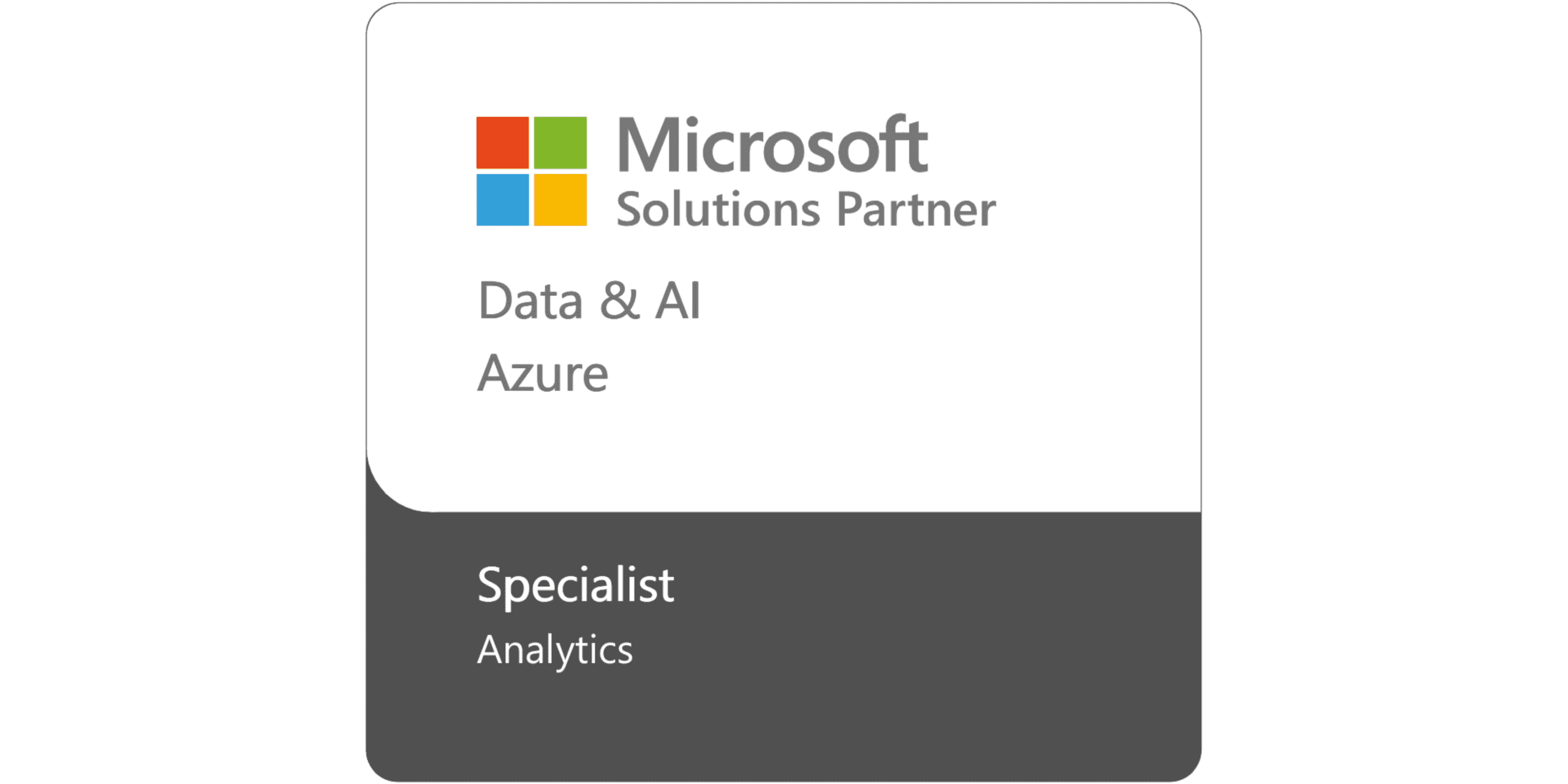Discover the right tools and processes with Antares Solutions
In our recent webinar, Microsoft 365 – Migrate and optimise without the chaos, we zoned in on what it takes to successfully migrate to Microsoft 365 without compromising your existing and future systems. We also look at the collaborative power of Microsoft Teams and how our new tool – Tellus by Antares – is changing the way you approach data governance.
Presented by Antares Managing Director, Aaron Cunnington, and Senior Consultant, Mark Sheehan, we dived head-first into the processes and tools required to help you migrate and optimise with ease.
Here are the four key talking points from the discussion:
1. Start with a proven migration process
Antares migrates data in waves, giving us a greater chance to catch any issues if they pop up.
This incremental method is essential to a successful migration, explains Senior Consultant, Mark Sheehan:
“Rather than trying to do a big bang approach with terabytes of data, we split each migration into waves that makes sense for the business and users. We then run a full migration for all of those waves, ensuring that all of the data has come across and is up to date.”
At Antares, the migration approach is split across five phases:
Discovery: Understanding what already exists and what you’ll actually be migrating to.
Build: Mappings and configurations must be prepared and finalised.
Migration: Split into waves, we ensure all data has successfully migrated before cutover.
Cutover: We ensure all users have switched over, and all data is up to date.
Go-live: Previous system completely switched off, and the new platform ready to go.
2. Prepare for things to go wrong
During migration, things can and will go wrong.
Antares Managing Director, Aaron Cunnington notes what areas you should think about well before your planned migration:
“Quite often we see that the problem areas are the Discovery and Migration phases. Rarely does it go wrong in the Build, Cutover or Go-Live phase. If we plan and design poorly, it will be built poorly, but if we plan and design well, we can build it well.”
So, what exactly do you need to consider?
Planning: The more planning that goes into a migration, the smoother it will run during the actual migration phase.
Engagement and training: Strong user engagement is vital for overcoming user resistance and any potential issues prior to migration.
Correct tools: Skimping on initial investments in tools and licensing can lead to far greater financial and effort costs further down the track.
Clean data: Migrate only relevant documents and data so you don’t run into the same old problems after migration.
End solution design: Without a well-designed end solution, you’ll create future problems caused by poor user experience and information overload.
3. Leveraging the power of M365 and Teams
As a key part of your 365 migration, Microsoft Teams will help boost collaboration and improve productivity. With Teams being the focal point of communication for 365 users, it’s simply not enough to set and forget.
Aaron explains how to stay on top of your Teams governance and stop content sprawl.
“Governance should always be top of mind. It empowers people to do their work without thinking of what could go wrong. People don’t need to be a security expert, or an IT expert. It just works. And when done well, it enables your staff with best practice templates, secure content and controlled knowledge.”
So, what can you do to provide the best user experience and avoid unwanted IT issues down the road?
Just ask these three questions:
- How do I create Teams, stop sprawl, and empower my staff?
- How do I govern existing Teams and understand whether I need them?
- How do I manage security, compliance and external access?
By simply thinking about these questions, you’re on the right path to maintaining effective collaborative channels for your entire organisation.
4. Find the right Teams governance tool: Tellus by Antares
Created by the team at Antares Solutions, Tellus allows you to collaborate with the guardrails up. A purpose-built tool for Microsoft Teams governance, Tellus is integrated into the fabric of your Teams app and acts as a central hub for creating, managing and governing Microsoft Teams.
Using the in-built Wizard, users can make the most of customisable templates that clearly outline the purpose of your Team, its classification, and any relevant information, including key metadata.
Aaron explains how this helps with regulatory compliance and data security:
“We define what our rules are based on the process of selecting the right template. You won’t have to worry about whether or not data can be shared, or what external access looks like. This is all outlined through your own rules and your own classification settings.”
Antares, your Teams governance partner
Interested in learning more about how your organisation can leverage Microsoft 365 to boost collaboration and reduce unwanted data sprawl?
Here at Antares, we’ve worked alongside a wide array of industries to deliver tailored technology solutions that help organisations overcome their complex business challenges.
If you’d like some support anywhere on your Microsoft 365 or Teams journey, we’d love to help.
Contact one of our specialists and book a Tellus demo today.




